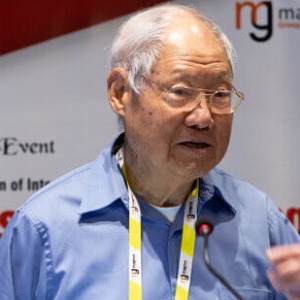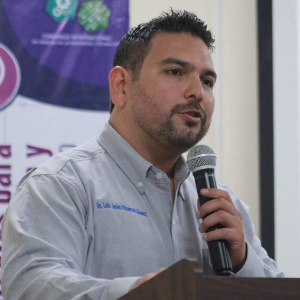Metabolic Engineering for Industrial Applications
Metabolic engineering for industrial applications plays a vital role in redesigning cellular pathways to optimize the production of valuable biochemicals, fuels, and pharmaceuticals. Through precise genetic modifications, synthetic regulatory circuits, and pathway balancing, scientists are enhancing microbial and cellular hosts such as E. coli, Saccharomyces cerevisiae, and cyanobacteria to serve as efficient biocatalysts. The integration of CRISPR-based tools, systems biology, and high-throughput screening has further accelerated strain improvement and yield optimization. Metabolic Engineering for Industrial Applications also focuses on minimizing by-products, improving substrate utilization, and enabling the use of inexpensive feedstocks like lignocellulose and waste glycerol. With increasing demand for bio-based manufacturing and climate-neutral processes, this field contributes directly to sustainable industrial biotechnology, supporting the scalable and cost-effective production of green alternatives across chemical, energy, and materials sectors.

Murray Moo Young
University of Waterloo, Canada
Limongi Tania
University of Turin, Italy



Title : Renewed novel biotech ideas, with bioreactor bioengineering economic impact
Murray Moo Young, University of Waterloo, Canada
Title : Improving health in over 40,000 patients: The impact of nanomedicine fighting antibiotic resistant infections
Thomas J Webster, Brown University, United States
Title : Osmotic lysis–driven Extracellular Vesicle (EV) engineering
Limongi Tania, University of Turin, Italy
Title : Evaluating cell compatibility and subcutaneous host response of silk fibroin–chitosan plug composites as potential resorbable implants
Luis Jesus Villarreal Gomez, Universidad Autonoma de Baja California, Mexico
Title : Comparative study of endo-?-1,4-mannanases from novel bacterial strains for the production of galactomanno-oligosaccharides
Shruti Saini, National Agri-food and Bio-manufacturing Institute, India
Title : Engineering Sf9 host cells with AcMNPV genes to control baculovirus infection dynamics and heterologous gene expression
Tamer Z Salem, Zewail City of Science and Technology, Egypt